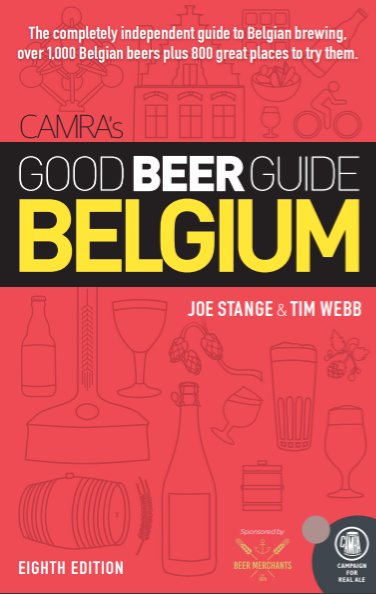Here is my piece on new St. Louis breweries for the Travel section of the New York Times. And here is the quote so nice I have to write it twice:
So is there a limit to the number of craft brewers that locals are willing to support?
“Seriously? It’s beer,” answered Dylan Mosley, the head brewer for the Civil Life Brewing Company in south St. Louis. “You know how many people drink beer? If I opened a hamburger joint, nobody’s going to be, like, ’Hey, you know how many hamburger joints there are?’ They’d be like, ’Sweet! Another hamburger joint!’ ”For me, this is one of those quotes that put things in Perspective -- as in, the Craft Beer Perspective, which is this: Only about 5 percent of all beer drunk in the U.S. is made by a craft brewery. St. Louis is no different in that regard. Consider that the Saint Louis Brewery, better known as Schlafly, makes about 2 percent of what's drunk locally, and that another 2 percent or so is craft beer made outside the St. Louis area. That means this wave of micros is really making their living off of 1 or maybe 2 percent... and there is probably room for more. (Hip-hop head nod to Evan Benn of the Post-Dispatch for helping me to get a handle on the numbers.)
Over Zwickel beers one night at Urban Chestnut, still a few weeks before his new brewery opened, Civil Life owner Jake Hafner followed the Mosley hamburger-joint quote with this:
But it's a little counter-intuitive than what normally happens in industries. … In our case, there's four new places, but the pie is so big right now. And we just need a small piece of it... We just need a little fraction of it and all of us are fine. And so collectively, we're so much stronger together, like, us working together and getting the word out about craft beer...It's a familiar story in America's craft beer segment -- folks who compete nonetheless helping each other out -- and St. Louis is only one of many places where that story has played out. The numbers, or rather the smallness of them, help explain the phenomenon.
But are there cultural factors as well, which might vary in degree from city to city?
 Joe Esser (pictured) is the assistant brewer and cellar manager at Six Row. He's from New Jersey but went to graduate school at Washington University in St. Louis about 20 years ago. He got his master's in literature, so naturally he soon found himself brewing in New Jersey. He returned to St. Louis in October 2010 and started at Six Row, right when the local beer scene was getting ready to pop.
Joe Esser (pictured) is the assistant brewer and cellar manager at Six Row. He's from New Jersey but went to graduate school at Washington University in St. Louis about 20 years ago. He got his master's in literature, so naturally he soon found himself brewing in New Jersey. He returned to St. Louis in October 2010 and started at Six Row, right when the local beer scene was getting ready to pop.Esser noted the city's underground music and art community, which he's experienced both times he's lived here. It enjoys a spirit of cooperation, he said. “There was always a welcoming, warm scene for that. And it's like that for craft beer too. I mean, the craft beer scene worldwide is sort of like an artist's colony. … And St. Louis right now is kind of like a microcosm of that. We feed our own.”
He continued: “I think that's why craft beer right now is blossoming. … There's something about this town. It's a small big city or a big small city. There's a small hometown vibe that you don't find in a lot of other cities. There's that chemistry and that warmth.”
Meanwhile all the micros remain “ïn the shadow of the behemoth,” he said. They're competing with each other, of course, “but happily we don't look at it that way.”










